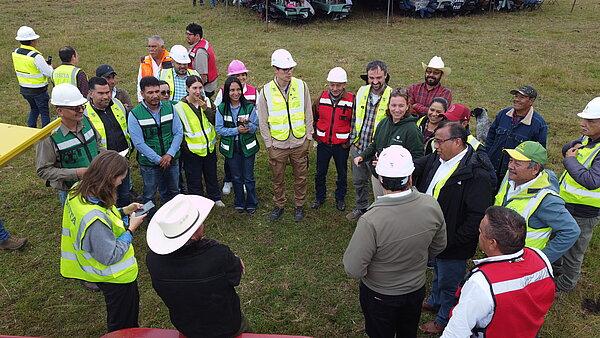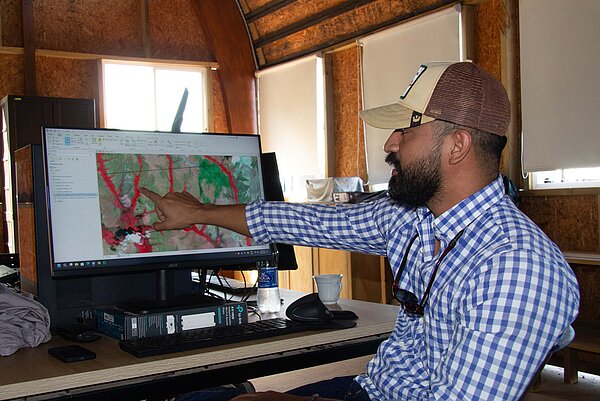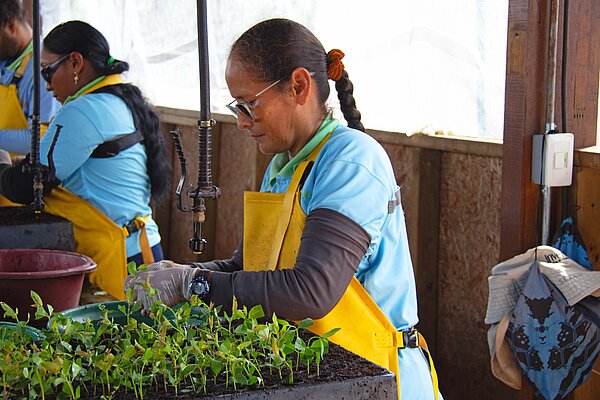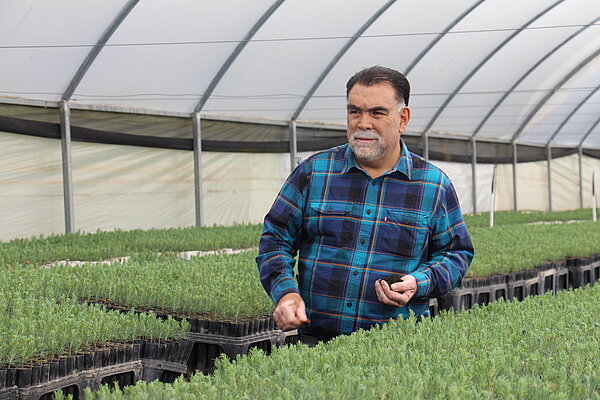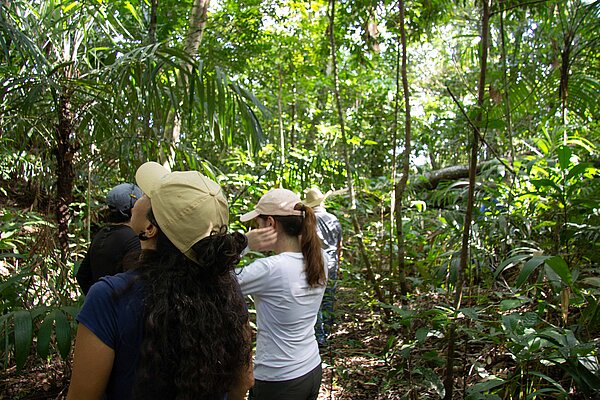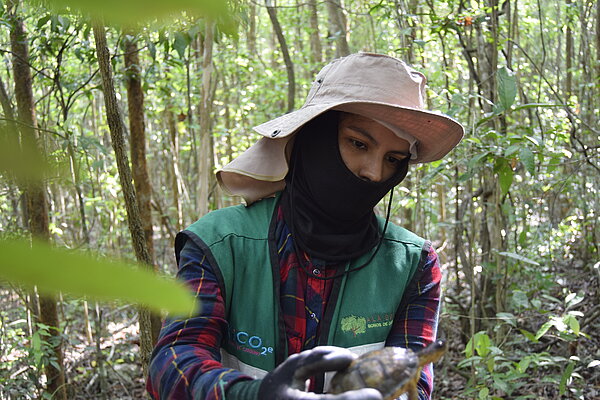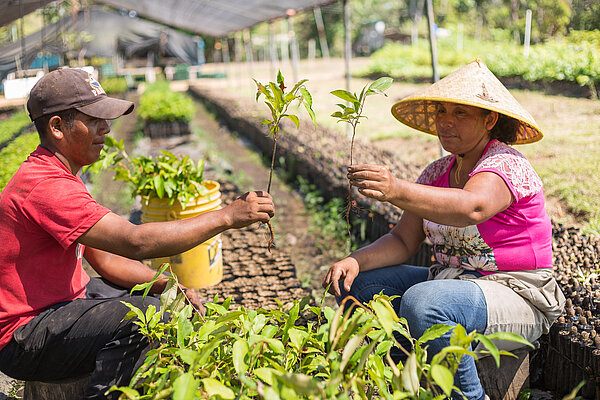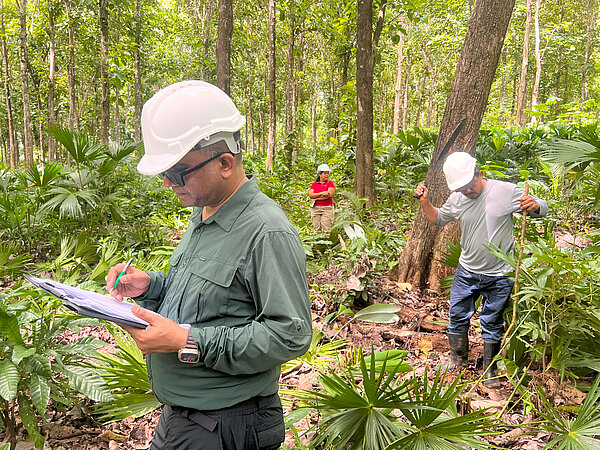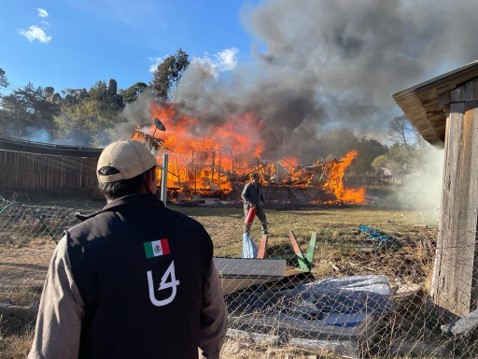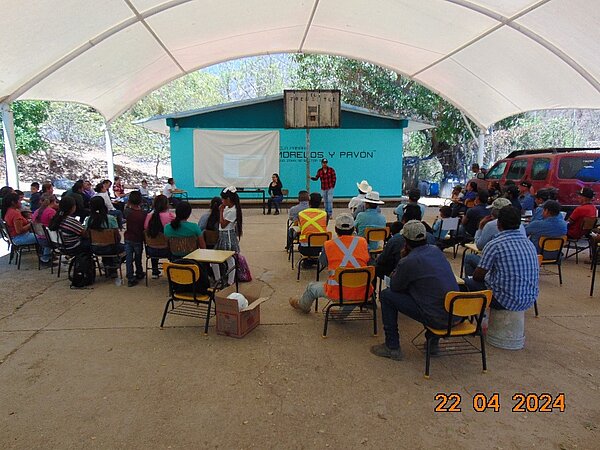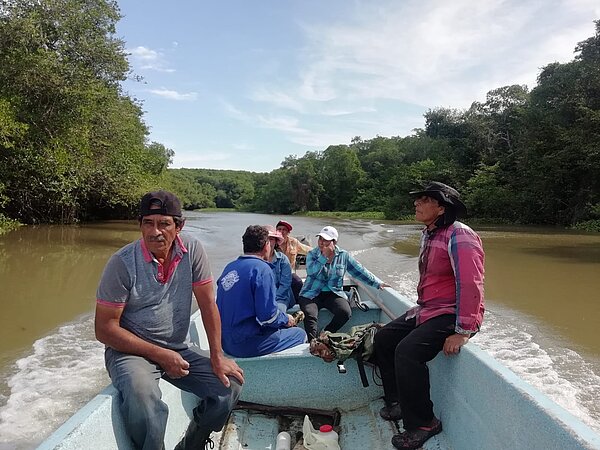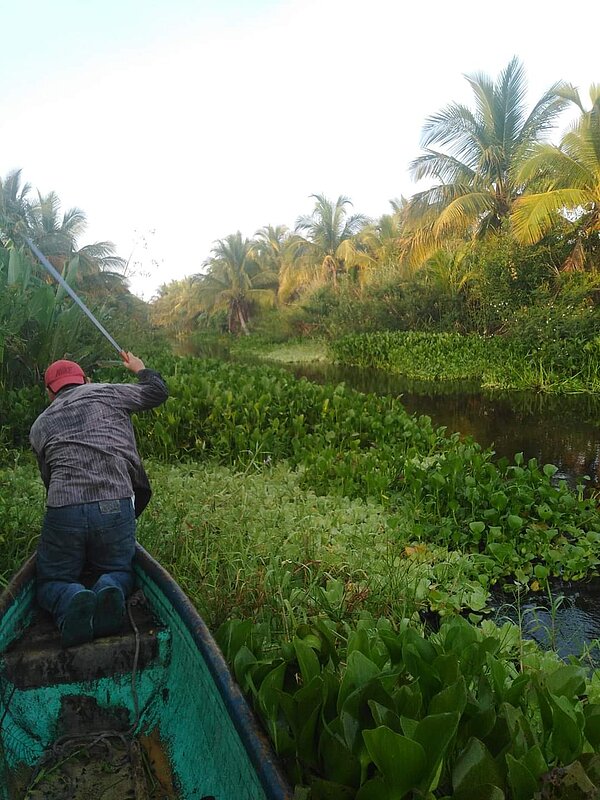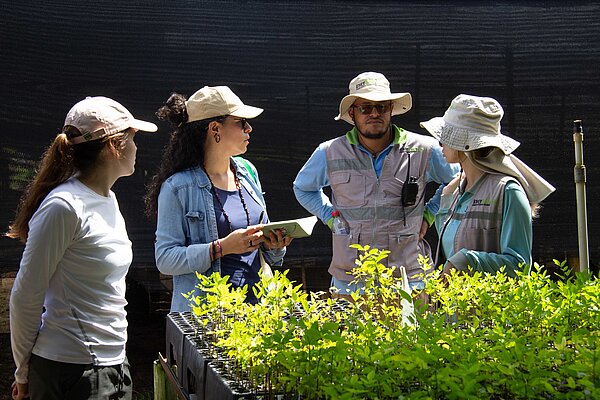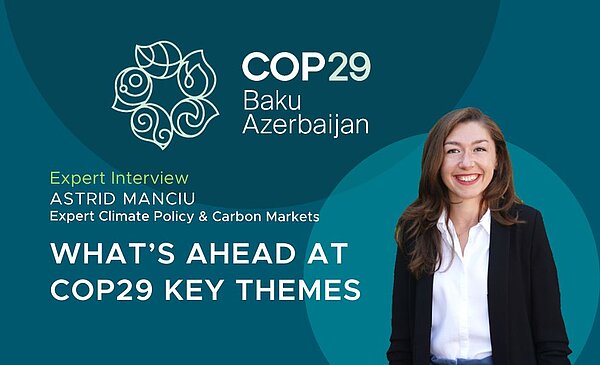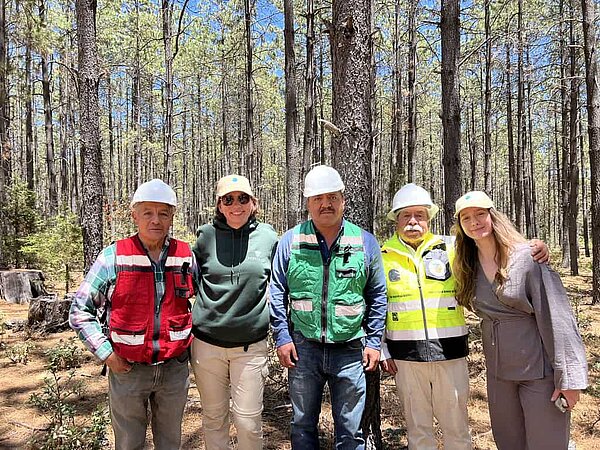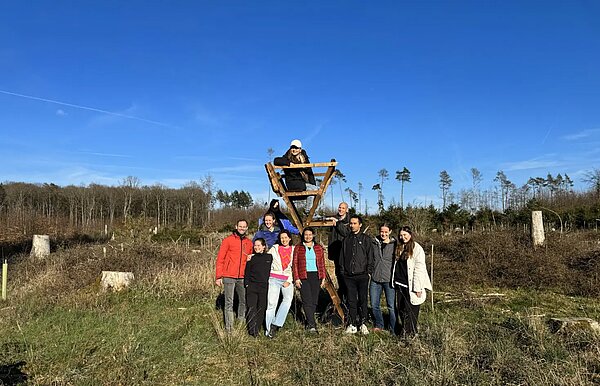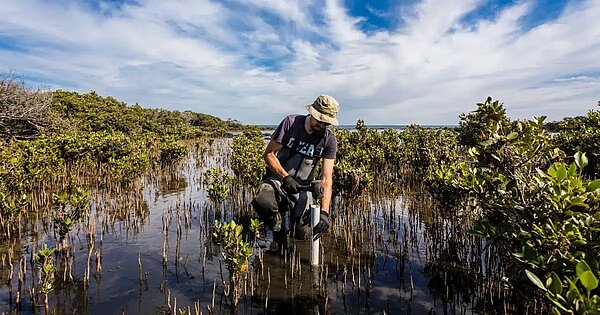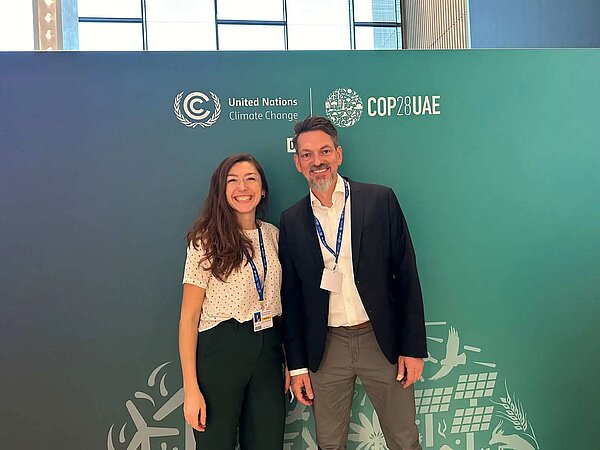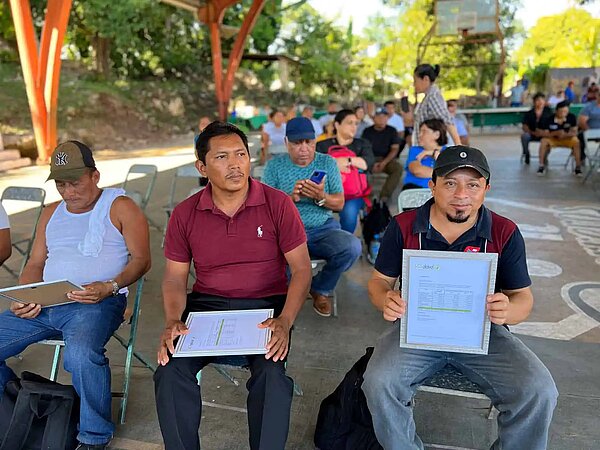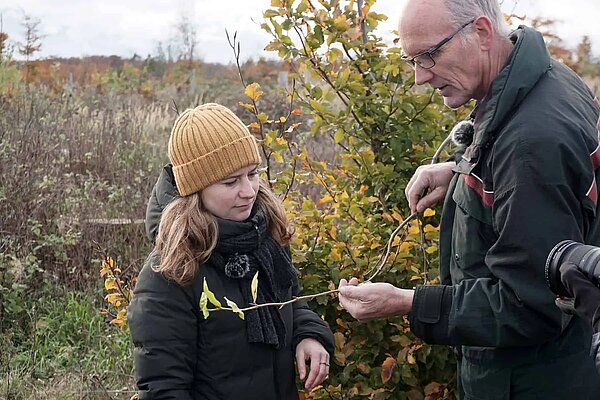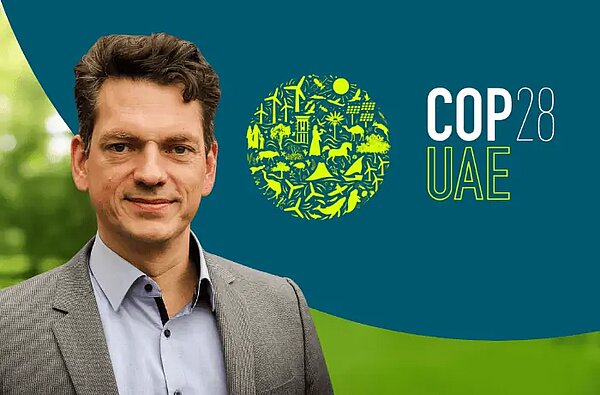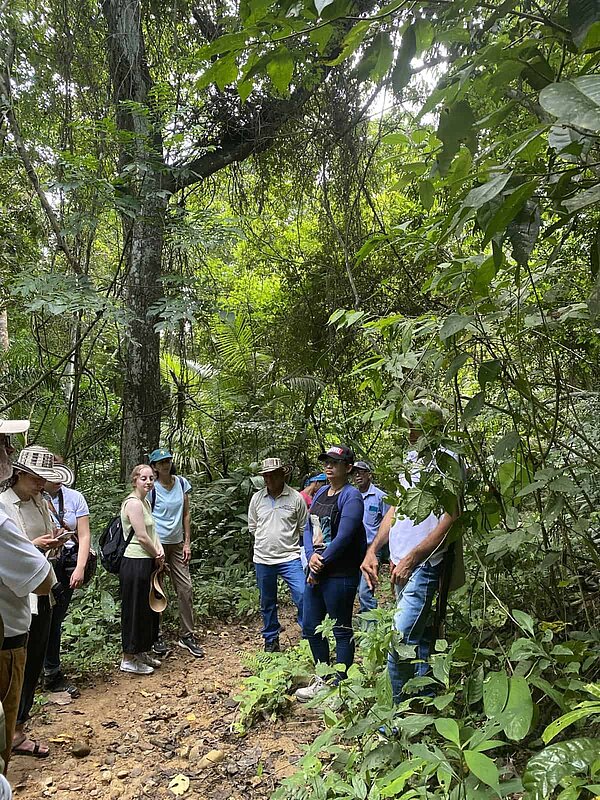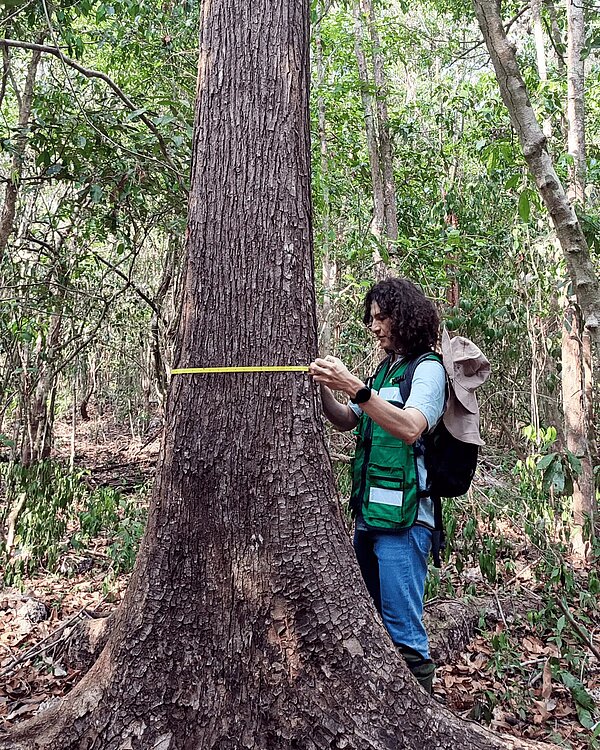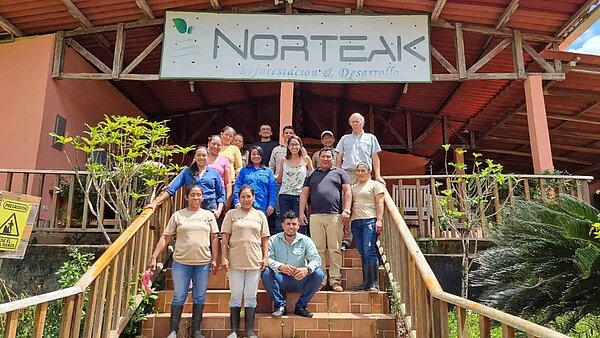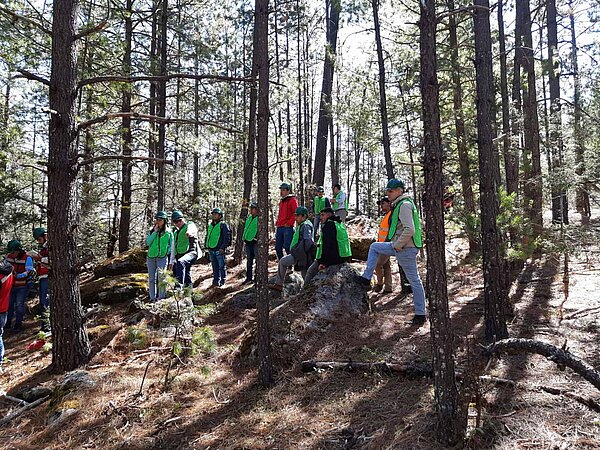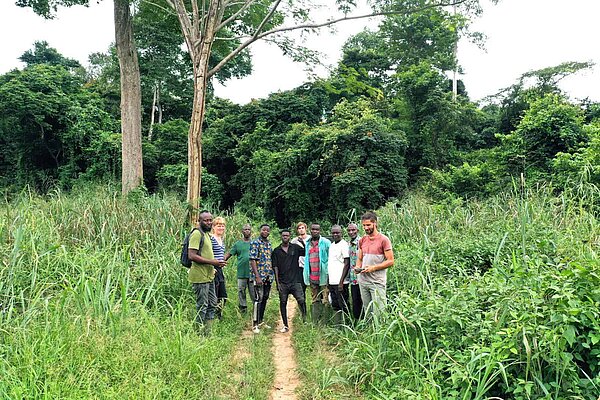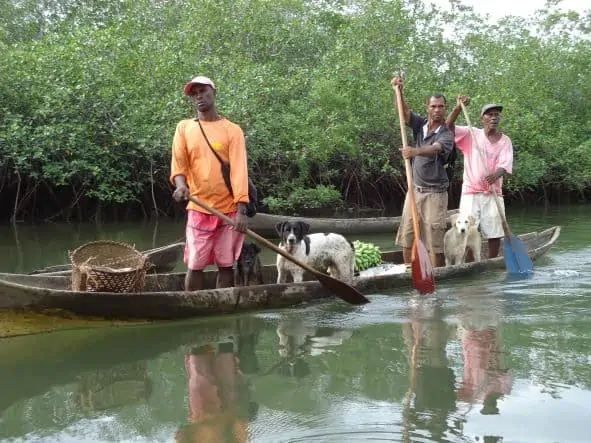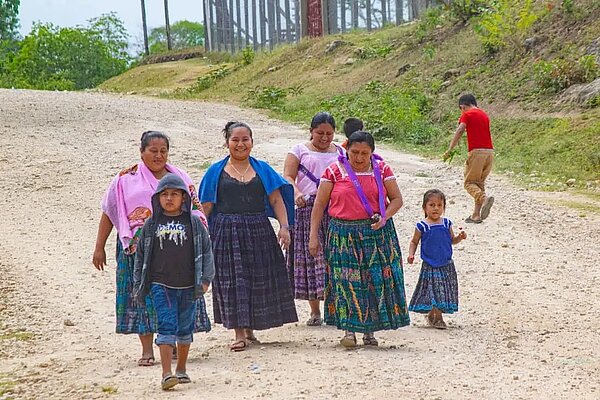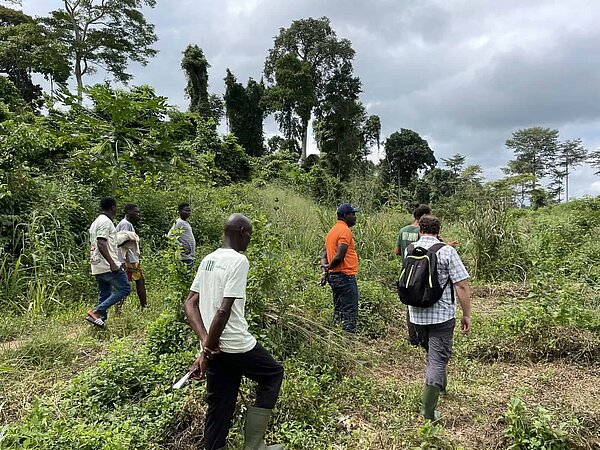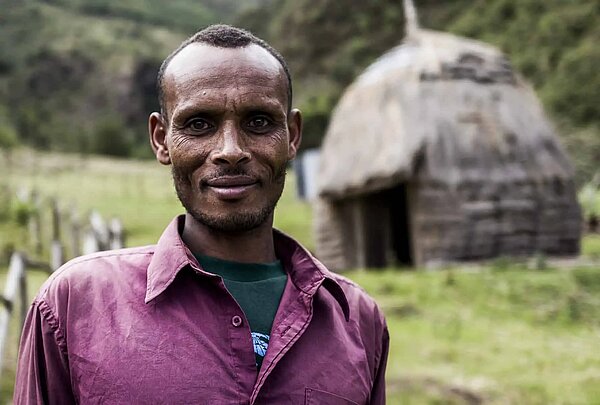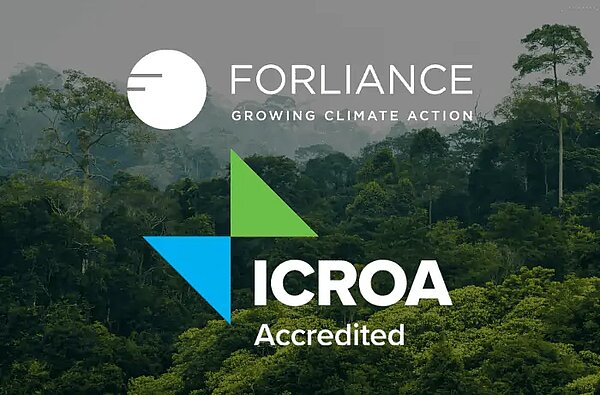COP29 Kicks Off in Baku: Paving the Way for Decisive Climate Action
November 14, 2024
Expert Interviews
FORLIANCE's Astrid Manciu shares insights on the key themes and challenges at COP29.
COP29 starts now, marking the 29th Conference of the Parties to the United Nations Framework Convention on Climate Change, held this year in Baku, Azerbaijan, from November 11-22, 2024. This year's conference is set to be an essential step in the global response to climate change, as delegates from around the world gather to discuss collaborative approaches and explore strategies for meeting the goals outlined in the Paris Agreement.
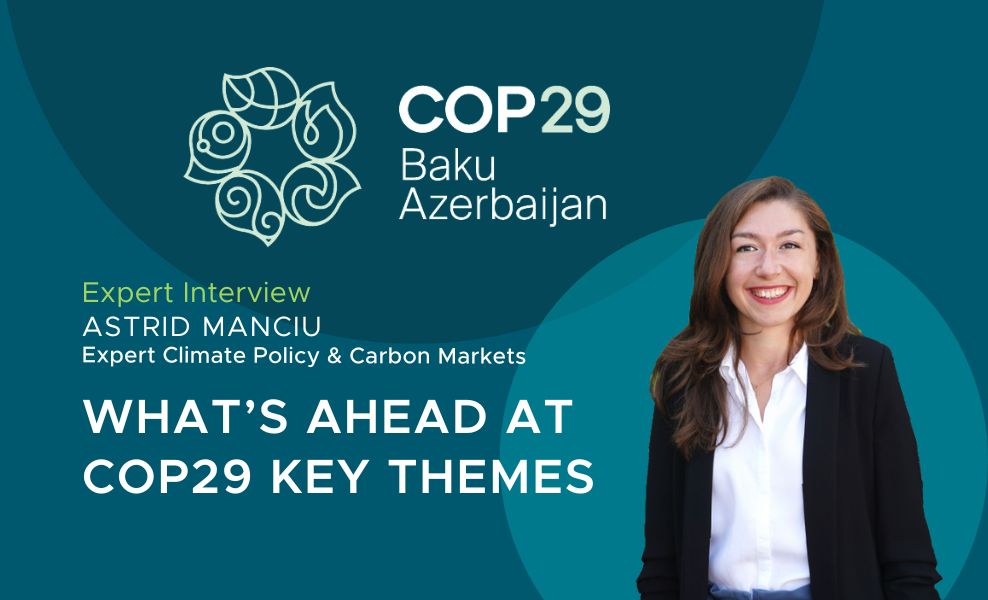
COP29 will be especially important for finalizing mechanisms under the Paris Agreement, focusing on advancing mitigation and adaptation initiatives. This year, emphasis will be placed on practical, inclusive climate solutions that address the needs of communities and ecosystems most vulnerable to climate impacts.
We at FORLIANCE closely observe the evolving climate policies and market dynamics shaping the path toward sustainable development, emissions reductions, and emerging trends and insights.
In this interview, Astrid Manciu, our expert in Markets, Policy, & Guidance, shares her insights on the expected progress in Article 6 negotiations, the anticipated impact on the voluntary carbon market, and FORLIANCE's commitment to quality and integrity in climate solutions. These insights reflect FORLIANCE's dedication to aligning with global climate priorities and guiding our partners toward meaningful contributions to a low-carbon future
What are your primary expectations for Article 6 negotiations of COP29, and how do you think it will differ from previous conferences?
The COP Presidency declared the New Collective Quantified Goal (NCQG) and Article 6 negotiations as their top priorities.
Regarding Article 6, I am optimistic that parties will prioritize seeking agreement this year after failing to reach consensus last year in Dubai.
While past COPs focused more on Article 6 rule setting, COP29 will be focusing on Implementation and Operationalization. Technically speaking, Article 6.4, the UN-led crediting mechanism, became operational early October, when the Supervisory Body (SB) decided to circumvent Parties’ approval at COP29 and put two standards into force, outlining requirements for methodology development and for activities involving removal. This is an attempt to avoid another failure to adopt the two standards. To overturn this again, Parties in Baku would need to find consensus to object the SBs decision, which is not very likely.
Although the crediting mechanism is operational, there remain open technical issues around Authorization (incl. changes to and revocation of such) and the Article 6.2 International Registry, amongst others.
After nine years of anchoring international carbon markets within the Paris Agreement, it is high time for parties to finalize the guidance in Baku. This will instill trust of market participants in Article 6 and will give more investment certainty, so that the climate funding needed to meet the Paris Agreement goals can finally start flowing.
Which issues or themes do you foresee being at the forefront of the discussions at COP29, particularly in relation to voluntary carbon markets (VCM)?
VCM issues are not negotiated during Article 6 negotiations at COP29. Article 6 rules how sovereign nations can work together to achieve their climate goals fast and cost-effectively.
However, some topics are expected to spark on the VCM as well. Article 6 seeks to raise the bar for high-integrity carbon markets, which will inevitably push the VCM towards more integrity. One topic that will be of relevance to the VCM is Authorization. A host country where a mitigation reduction or removal activity is implemented gives its consent that the positive climate effects of this project can be used uniquely in another country, a compliance scheme, or by a company that wants to make exclusive use of this mitigation outcome. For this to be accurately accounted for, the host country makes corresponding adjustments in its GHG inventory. The process, timing, content, or format of an authorization statement and the scope for changes and revocation of such will be a meaty part of this year’s negotiations.
While this is not mandatory for VCM projects like ours (these rules are only applicable to projects traded under Article 6.2 or developed under Article 6.4), clear guidance, especially on changes and revocation of authorization, might give certainty to project developers that seek to apply corresponding adjustments to their projects voluntarily.
With COP29 expected to advance discussions on Article 6, what shifts or regulations within the voluntary carbon market are you most closely watching, and how could these affect our project development and verification processes?
For me, the rise of quality initiatives is one of the most interesting and crucial developments that carbon markets experienced in the last years, especially after the recent integrity critiques. The Integrity Council for the Voluntary Carbon Market (ICVCM) introduced ten Core Carbon Principles (CCPs) and assesses now the methodologies of independent carbon crediting standards like Gold Standard whether they comply with those. While the first Assessment round does seem to kick out most of old methodologies due to their non-compliance, I am excited to see that standards are making huge efforts to align their methodologies with the ICVCMs requirements and provide project developers the possibility, to voluntarily shift earlier to CCP-compliant methodologies, raising the project’s overall integrity. This means for us that we have to include these criteria in our standard processes, e.g. performing more additional tests than previously required.
In light of recent trends and critiques around VCM integrity, what steps is FORLIANCE taking to ensure the integrity/quality of its carbon credits and avoid greenwashing risks?
At FORLIANCE, we are deeply committed to upholding and continuously enhancing the quality of our projects to meet the highest standards. Throughout our processes—from project origination to credit issuance—we’ve integrated additional quality criteria aligned with the Core Carbon Principles (CCPs). Specifically, we:
- Carefully analyze the quality standards established by integrity initiatives and rating agencies to stay ahead of evolving benchmarks.
- Elevate our own quality criteria, ensuring that our projects not only meet but, where feasible, exceed these standards.
Quality is no longer an optional benefit; it’s the essential standard for the future. However, we also believe that high integrity should not create undue barriers for projects that are impactful and well-structured.
How do you envision the role of co-benefits (such as biodiversity and social impact) evolving in the VCM, and do you expect COP29 to introduce frameworks or guidance that could make these attributes more quantifiable or mandatory?
Co-Benefits are not only a temporary trend but an absolute MUST from now on in the VCM. They have been actually the reason, why independent crediting standards like Gold Standard have been founded: the CDM (the UN predecessor of the A6.4 mechanism) was a pure carbon crediting mechanism without requirements for contributions of mitigation activities to sustainable development.
The A 6.4 SB actually already introduced a framework in October ahead of COP29: The SDG Tool. Its application to A6.4 projects is mandatory. It focuses on two things: 1) environmental & social safeguards and 2) Sustainable Development Impact. The tool provides a stepwise approach for developers to assess, demonstrate and monitor potential negative or positive impacts on the Environment & Society.
This tool represents a significant opportunity to elevate standards across high-integrity carbon markets, tightly aligning sustainable development objectives with climate mitigation efforts. As such, it is expected to drive alignment not only within the A6 compliance market but also across voluntary and domestic carbon markets.
What message would you like to convey to our clients, partners, and stakeholders ahead of COP29, regarding FORLIANCE’s commitment to advancing sustainable climate solutions?
For COP29, FORLIANCE remains deeply committed to advancing sustainable climate solutions. Our collective goal is to limit global warming and ensure a sustainable future for generations to come. Decarbonization is an urgent priority, and it's crucial that we support one another in this journey.
We look forward to the continued progress on international climate negotiations, particularly around finalizing guidance on Article 6. Clear and consistent frameworks will provide market participants with the confidence and stability needed to direct finance toward impactful climate, environmental, and social initiatives. By working together, we can accelerate positive change and create a lasting, sustainable impact for our planet and society.

